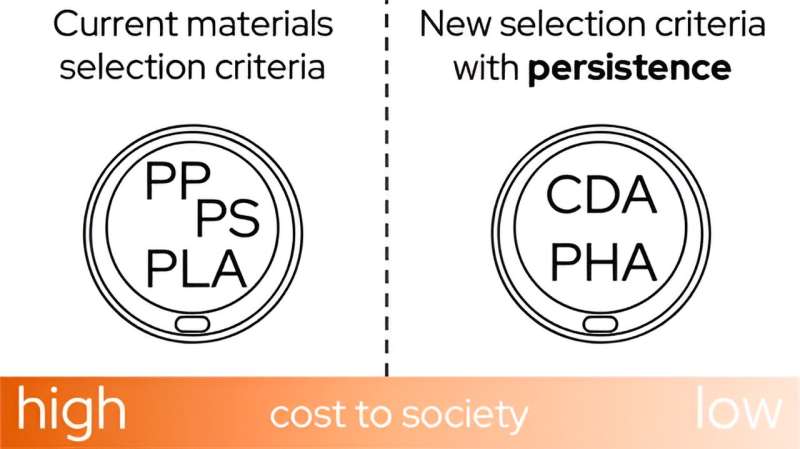Researchers say accounting for plastic persistence can minimize environmental impacts
Researchers say accounting for plastic persistence can minimize environmental impacts
Plastic pollution is one of the most pressing environmental challenges of our time. It affects ecosystems, wildlife, and human health, and costs billions of dollars in economic losses. However, not all plastics are equally harmful. Some plastics degrade faster than others, while some persist for centuries in the environment. How can we account for this difference and design more sustainable plastic products?
Researchers from the Woods Hole Oceanographic Institution have developed a new metric that measures the persistence of plastics in the environment. Persistence is defined as the time it takes for a plastic product to lose 90% of its mass due to degradation. The researchers calculated the persistence of various plastic products, such as bottles, bags, straws, and fishing nets, and found that they ranged from less than a year to more than 1000 years.
The researchers proposed that plastic products should have a persistence that matches their intended use. For example, single-use plastics, such as packaging and disposable items, should have a low persistence, while durable plastics, such as building materials and furniture, should have a high persistence. This way, plastic products would degrade at a rate that is compatible with their function and lifespan, and minimize their environmental impact.
The researchers also suggested that plastic products should have labels that indicate their persistence, similar to how food products have expiration dates. This would help consumers and waste managers to make informed decisions about how to use, reuse, recycle, or dispose of plastic products. Moreover, this would create incentives for plastic manufacturers to design products that have lower persistence and higher recyclability.
The researchers estimated that if their metric was adopted globally, it could reduce the amount of plastic waste in the environment by 40% by 2060, compared to a business-as-usual scenario. This would also reduce the greenhouse gas emissions associated with plastic production and disposal by 25%. Therefore, accounting for plastic persistence could be a key strategy to mitigate plastic pollution and its associated environmental and societal costs.



0 Comments